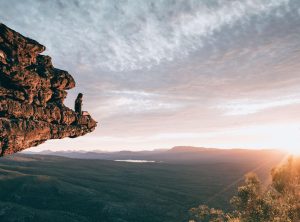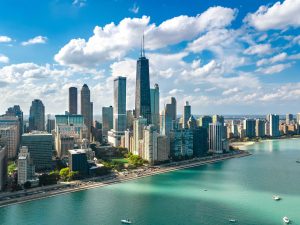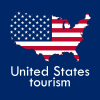National Parks
For more than 100 years, the National Park Service has managed millions of acres solely for the “enjoyment, education and inspiration of this and future generations.” Today, 63 national parks in the United States draw millions of visitors a year to unique natural wonders and unforgettable terrains. To determine the best U.S. national parks, U.S. News considered the opinions of both travel experts and recent park visitors. Do you have a favorite park? Cast your vote below. (Note: Some of the below destinations may be affected by the coronavirus outbreak. Parking and national park entry reservations may be required at select parks. Check with the CDC and the U.S. Department of State before traveling.)
As far as classic American vacations go, it doesn’t get much better than a visit to a national park. These parks, found in 30 states and stretching for millions of acres through arid deserts, lush forests, icy mountains, and the crystalline waters of the tropics, provide travelers with precisely what they need: inspiration. And in a time like now, it’s no surprise that people are flocking to these outdoor bastions of hope. In 2021, total recreational visitors to the national parks system (including national forests, monuments, and scenic byways) hit nearly 300 million.

From swivel chairs to space rockets, the US has had some darn bright ideas over its short history. But of all the ideas that have changed the world, the national parks system is surely close to the top. It was way back in 1872 that the sulfur-belching lands of Yellowstone were designated as protected lands by President Ulysses S Grant. Fast forward to the 21st century and there’s now 63 protected areas representing some of the most iconic natural landscapes on the planet — and a 64th national park on the way!
You’ve got mighty canyons, snow-capped volcanos, huge forests of redwoods and Douglas-fir, rolling wastelands of whistling dunes, salt lakes that spread out below sea level, glaciers that spread out above the clouds, slopes speckled by bison, salt-sprayed beaches, palm-fringed coasts, and great deserts that make the horizon look like nothing but a mirage. Sorry for the long sentence, but we had to at least scratch the surface! Let’s explore.
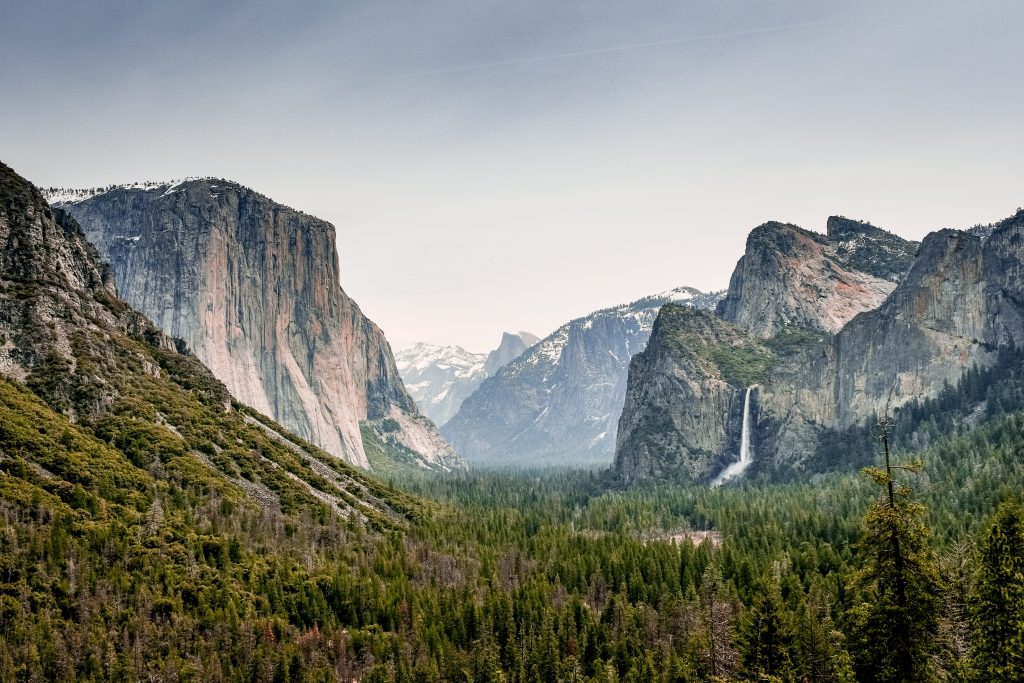
Yosemite
One of California’s most-visited national parks, Yosemite National Park stands out for its bevy of impressive waterfalls, such as Vernal Fall and Bridalveil Fall, as well as unique granite rock formations like Half Dome and El Capitan. There are ample scenic hiking and camping opportunities in Yosemite as well. Whatever your itinerary may be, make sure to stop by the Tunnel View Outlook, which offers a showstopping panoramic view of Yosemite Valley. What’s more, the picturesque lookout spot is relatively easy to access.
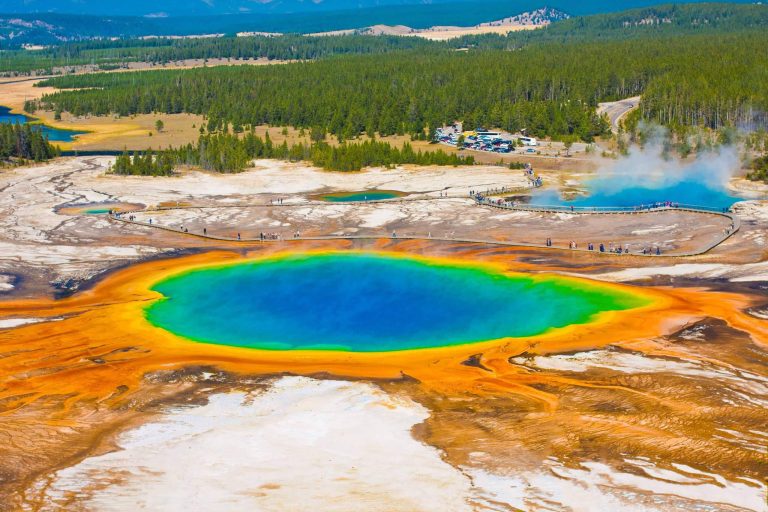
Yellowstone
Even if Yellowstone didn’t hold the incredible distinction of being the world’s first national park, the 2.2 million-acre park could easily stand on its own for its unique natural attractions and diverse geography. What’s more, this behemoth national park stretches across three states: Wyoming, Montana and Idaho. Here, travelers can get lost in the splendor of Yellowstone’s many lakes, mountains, buffalo-filled valleys and, of course, its unmatched geysers and hot springs. To avoid the crowds that often plague the park, plan to visit in April, May, September or October.

Glacier National Park
Water and mountains define this national park, which spans two mountain ranges and includes more than 700 lakes across Montana. Take advantage of the park’s expansive hiking trails, and be sure to hit traveler favorites like the Trail of the Cedars and Iceberg Lake Trail. Other activities visitors can enjoy include a ride along scenic Going-to-the-Sun Road and a trip to the unique Waterton-Glacier International Peace Park, a UNESCO World Heritage Site. What’s more, Glacier National Park hosts plenty of free ranger-led activities like guided hikes and stargazing events ideal for visitors of all ages.

Bryce Canyon National Park
Hoodoos are odd-shaped pillars of rock left standing from forces of erosion, and Bryce Canyon is home to the most extensive collection of hoodoos in the world. Located in southern Utah, the roughly 35,835-acre park offers an array of hiking opportunities. All trails offer a glimpse of the impressive red rock formations; visitors can also sign up for guided horseback riding tours. While Bryce Canyon is most popular in summer, previous visitors said the park’s stark white snow-covered landscape juxtaposed with the orange-red rocks is an unforgettable sight.
Disclaimer: DiscoverAmericas.org and Discover Americas Travel S.L. is a private company specialized in helping its clients with their travels. We are offering travel assistance and travel information, and where applicable, we are linking to our 3rd party partners offering additional services. In case of questions in regards to these 3rd party services, please contact these partner websites.
You could easily spend a lifetime in the US and still feel like you’ve just scratched the surface.
It’s epic on every scale. After all, this is a place where you can watch the thunderous spectacle of Niagara Falls, trek through the soaring Black Hills of South Dakota and cruise along California’s glorious Pacific Coast; where you can ski at Lake Tahoe, go cattle ranching in the Midwest and imbibe live jazz in New Orleans.
The options, it seems, are endless.
We are a private company. Not part, nor endorsed, of US government or any official government agency.

